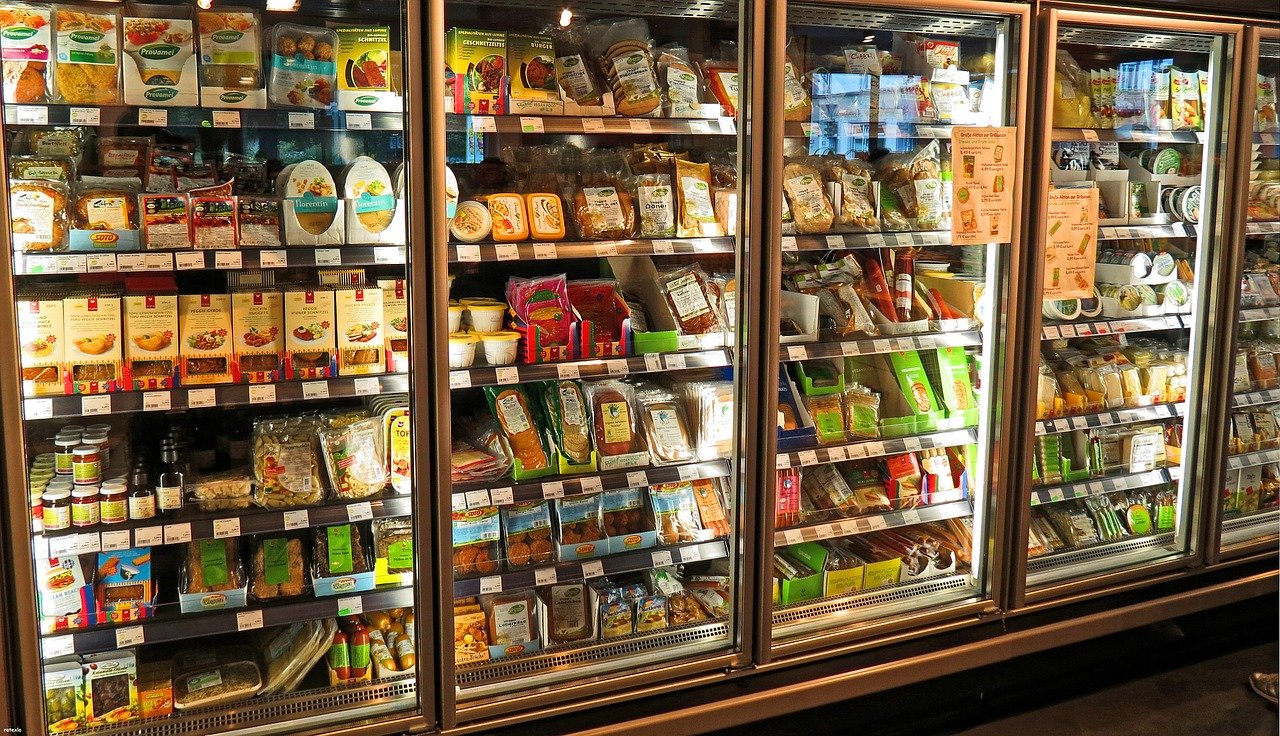
Refrigerant Gases & How They’re Used to Keep Things Cool
The ability to make our homes, cars, foods, cool has absolutely transformed the world we live in. We design our homes differently because of our ability to cool them, we don’t need to rely upon a cool breeze. We live in places we wouldn’t have otherwise like Florida and Arizona. We can get our food from any farm in the world instead of just the ones in our neighborhood. We can keep our food safe to eat for years without the time involved in salting meats and canning vegetables.
And in the world of industry, the production of electricity, medicines, food and beverages—just to name a few—absolutely depends upon their ability to cool processes, products and spaces.
What is Refrigeration?
Refrigeration is the artificial removal of heat resulting in less heat. Cold is not energy like heat is; it’s a term that refers to a lack of heat in an object or area. When we try to cool our homes or cars or metal boxes that hold food, we are simply trying to remove the unwanted heat and transfer it somewhere else. This is done through the use of refrigerants which absorb the heat.
Liquid expanding into a gas extracts heat from that which surrounds it. When you wet your finger, it immediately begins to feel cooler because the liquid is quickly evaporating, and through this process, it is extracting heat from your skin.
Refrigerants
The gases that help us with moving heat out are these refrigerants and they are pumped through a closed refrigeration system which allows the same refrigerant can be used again and again.
Refrigerants are chemical compounds that are compressed and condensed into a liquid and then permitted to expand into a gas as they are pumped through the refrigeration system. They evaporate at lower temperatures than water, which allows them to extract heat faster than the water on your finger.
Some Gases Used in Refrigeration
Ammonia
Ammonia is a compound gas comprised of nitrogen and hydrogen. In the commercial sector, it is used in large freezing and refrigeration plants. It has the advantages of reducing the cost of refrigeration systems because it can be used with smaller piping than chlorofluorocarbons (CFC), is more efficient thus requiring less electricity and is less expensive and safer for the environment than CFCs. Ammonia has been used since the 1930s in various industrial applications.
Common applications of Ammonia include:
• Industrial Refrigeration
• Transport Refrigeration
• Industrial / Commercial Air Conditioning DX Chillers
Carbon Dioxide
Carbon Dioxide is environmentally friendly, rating a zero on the Ozone Depletion Potential scale. It is suitable for a wide range of applications as it has great thermodynamic properties and low energy usage.
One major difference between it and other refrigerants is its pressure/temperature characteristic. Because of its high pressure and low critical temperature, refrigeration systems that use it require special equipment designs.
Common applications of Carbon Dioxide include:
• Commercial Refrigeration
• Commercial Refrigeration: Plug-Ins & Vending Machines
• Industrial Refrigeration
• Transport Refrigeration
• Industrial / Commercial Air Conditioning DX Chillers
• Industrial / Commercial Centrifugal Compressors
• Mobile Air Conditioning
Industries that Rely on Refrigerants
Electricity Production
Electric generators obviously generate great amounts of heat when operating. To maintain operations, large refrigeration systems are necessary. The refrigeration equipment is commonly based on compression or absorption cycles.
Pharmaceutical
The pharmaceutical industry maintains strict conditions of its labs and production facilities from cleanliness to temperature. They rely on refrigeration systems that allow temperature adjustment of rooms and storage units to exact temperatures. They use a central cooling plant with transformer stations and refrigerants that are distributed through the different clean rooms of the factory. Other refrigeration systems are oxy-chlorination plants, ammonia/chlorine/oxygen liquefaction plants, or compressed air cooling.
Food and Beverage Industry
Maintaining and managing the cold chain in the food and beverage industry is critical for preserving products and avoiding the possibility of microbiological contamination.
Each product has its own optimal conditions for storage and preservation, to ensure food safety, to preserve the value of the food and to extend the recommended consumption period.
Breweries require several refrigeration systems to finish the biological and chemical reactions that take place during the process, and then to preserve the optimal conditions of the tasty beverages once the process is finished.
Data Centers
The huge number of computer servers in a data center produce heat during operation. Overheating is not an option as they can destroy the servers and all the data they are there to store and protect. These rooms must be able to be cooled consistently and effectively 24/7 365 days a year.
When looking for a trusted industrial gas supplier, our experts at Air Source Industries are more than happy to help you with your gas needs. For a quote on the gases we supply, please call (562) 426-4017 or get a free quote today.
Sources:
https://en.wikipedia.org/wiki/Refrigeration
https://en.wikipedia.org/wiki/Refrigerant
https://www.linde-gaz.pl/en/products-and-supply/refrigerant-gas/refrigerant-gases.html
https://www.araner.com/blog/industrial-refrigeration-applications-district-cooling
http://www.frigocomp.com/Refrigerationbasicprinciple.html

